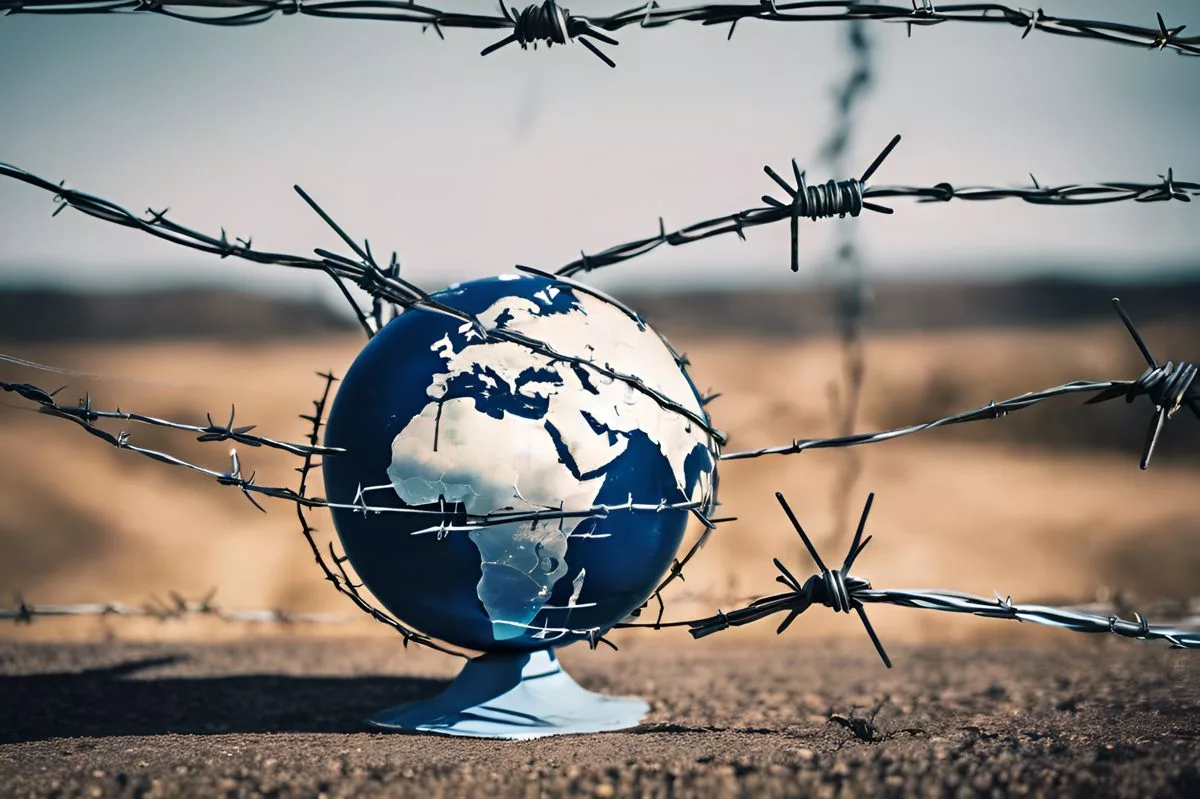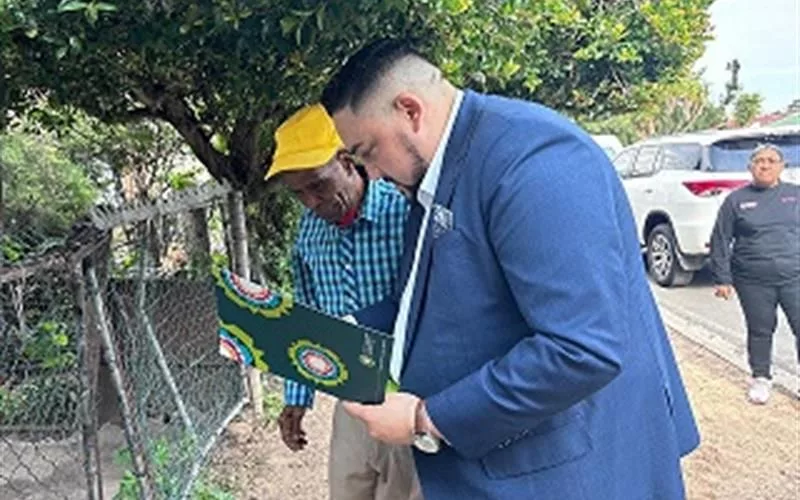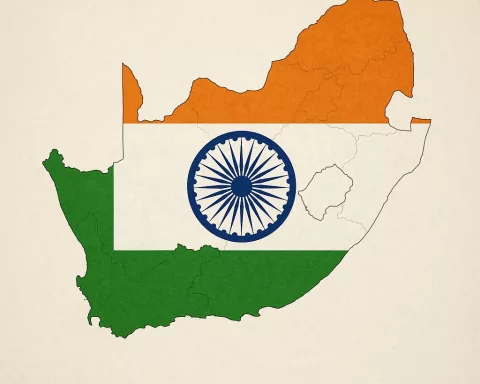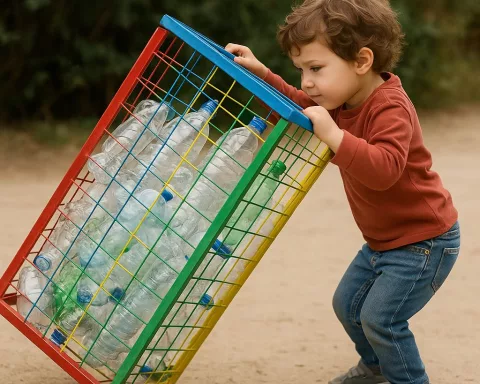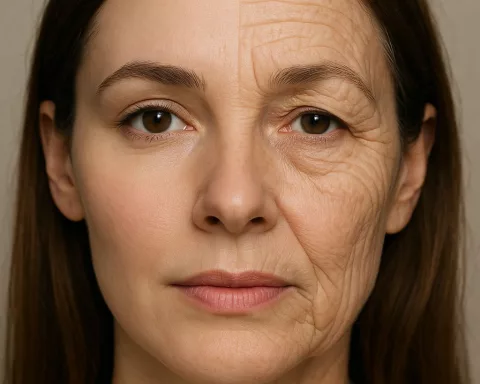Global tensions are rising, sparking fears of a possible World War III. As violence erupts in places like Lebanon and conflicts simmer in Ukraine and between Israel and Hamas, many are searching for safe places to escape. Some of the safest countries include the icy isolation of Antarctica, peaceful Switzerland, and the self-sufficient beauty of New Zealand. These nations offer stability, resources, and protection from conflict, giving hope in uncertain times. Even in the face of chaos, these safe havens remind us that there are still places to find peace and rebuild.
What are the safest countries to escape to in the event of World War III?
In the event of World War III, the safest countries to consider include:
- Antarctica – Extreme climate deters conflict.
- Switzerland – Strong defense and political neutrality.
- New Zealand – Isolation and self-sufficiency.
- South Africa – Fertile land and modern infrastructure.
- Bhutan – Focus on peace and sustainability.
These locations are deemed secure due to their stability, resources, and geographical advantages.
The world is currently gripped by an escalating wave of conflicts that have sparked fears of a potential third World War. Observers around the globe are horrified as violence and chaos seem to erupt in various regions. One particularly troubling development is the increasing use of advanced technology in warfare, highlighted by recent incidents involving Hezbollah.
Hezbollah’s Technological Warfare
Hezbollah’s deployment of technology in Lebanon has resulted in tragic consequences. The group utilized walkie-talkies, solar panels, and fingerprint recognition devices, leading to a series of deadly explosions. These devices, scattered across Lebanon, caused the deaths of 20 people and injured hundreds more, including mourners at a funeral. This second wave of violence came just a day after thousands of exploding pagers used by Hezbollah injured nearly 3,000 people and killed a dozen, including civilians and children.
These incidents underscore the lethal potential of modern technology in the hands of militant groups. The implications are chilling, as such tactics could easily be replicated elsewhere, exacerbating global tensions and insecurity. The violence in Lebanon serves as a stark reminder of the devastating impact that technologically advanced warfare can have on civilian populations.
Escalating Global Conflicts
The situation in Lebanon is not an isolated event. The ongoing conflict between Russia and Ukraine continues to stoke fears of a larger confrontation. Similarly, the relentless skirmishes between Israel and Hamas-led Palestinian militant groups add to the global unease. These conflicts, coupled with North Korea’s unpredictable actions under Supreme Leader Kim Jong Un, create a volatile international landscape.
The confluence of these events has led to widespread concern and speculation about the likelihood of a third World War. Many people are now looking for information on the safest countries they could potentially escape to if global conflict were to erupt. The desire for security in such uncertain times is driving individuals to consider relocation to more stable regions.
Seeking Safe Havens: The Daily Mail’s List
In response to these growing fears, the Daily Mail recently identified twelve countries and continents considered the safest in the event of World War III. South Africa, surprisingly, made this list due to its abundant food sources, fertile land, and fresh water supplies, which enhance survival prospects. The country’s modern infrastructure also provides a significant advantage in maintaining stability during times of crisis.
Reflecting on the catastrophic events of past global conflicts, it’s crucial to remember that World War I and World War II caused unprecedented devastation. World War I raged from July 28, 1914, to November 11, 1918, while World War II spanned from September 1, 1939, to September 2, 1945. Despite over 79 years passing since the end of World War II, the fear of another global conflict remains a pressing concern for many.
The Twelve Safest Places for World War III
The Daily Mail’s list of the twelve safest places includes Antarctica, Argentina, Bhutan, Chile, Fiji, Greenland, Iceland, Indonesia, New Zealand, South Africa, Switzerland, and Tuvalu. These locations were chosen for various reasons, such as geographical isolation, political neutrality, and self-sufficiency in terms of food and resources.
Antarctica emerges as a unique refuge due to its extreme climate and lack of permanent inhabitants. Its harsh conditions could deter potential aggressors, making it an unlikely target. In the North Atlantic, Greenland and Iceland’s isolation provides a natural barrier against conflict. Both countries have small populations and vast, uninhabited areas that could serve as safe havens during global unrest.
In the Southern Hemisphere, Argentina and Chile offer vast landscapes and diverse ecosystems. Argentina’s expansive Pampas region provides ample agricultural opportunities, while Chile’s long coastline and mountainous terrain offer natural defenses. Both countries have histories of political stability and neutrality, which could be advantageous in times of global turmoil.
Remote and Sustainable Safe Havens
Bhutan, nestled in the Himalayas, stands out for its commitment to peace and sustainability. The country’s Gross National Happiness index reflects its focus on well-being and environmental conservation. Bhutan’s remote location and mountainous terrain add an extra layer of security against potential threats.
Island nations like Fiji and Tuvalu in the Pacific Ocean offer another form of isolation. Fiji’s diverse ecosystems and abundant marine resources could sustain its population in times of conflict. Tuvalu’s small size and remote location make it an unlikely target. Both countries have strong community ties and a focus on sustainability, which could prove beneficial during global instability.
New Zealand is renowned for its stunning landscapes and progressive policies. The country’s isolation, combined with its self-sufficiency in food and energy, makes it a strong candidate for survival. New Zealand’s political stability and commitment to peace further enhance its appeal as a safe haven.
Traditional Neutrality and Modern Infrastructure
Switzerland, known for its long-standing tradition of neutrality, boasts a strong defense infrastructure. The country’s mountainous terrain and well-maintained bunkers provide natural and man-made defenses. Switzerland’s robust economy and high standard of living are additional advantages that make it a prime candidate for safety during global conflict.
South Africa’s inclusion on the list may surprise some, but the country possesses several key strengths. Its diverse climate and fertile land support a wide range of crops, ensuring food security. South Africa’s modern infrastructure, including its transportation and communication networks, enhances its ability to withstand and recover from conflict. Furthermore, the country’s rich cultural heritage and history of resilience could help its population navigate the challenges posed by a global war.
In the face of increasing global instability, it’s reassuring to know that there are still places in the world that offer safety and security. The twelve countries and continents identified by the Daily Mail provide hope and a reminder that even in the darkest times, there are still places where people can find refuge and rebuild. As tensions continue to rise, the search for safe havens becomes ever more critical, underscoring the importance of being prepared for any eventuality.
FAQ: Rising Global Tensions and Safe Havens
What countries are considered the safest in the event of World War III?
The safest countries to escape to in the event of World War III include Antarctica, Switzerland, New Zealand, South Africa, and Bhutan. These locations are recognized for their stability, resources, and geographical advantages that provide protection from conflict.
Why is Antarctica considered a safe haven?
Antarctica is deemed a safe haven due to its extreme climate and lack of permanent inhabitants. Its harsh conditions are likely to deter potential aggressors, making it an unlikely target for conflict.
How does Switzerland maintain its safety during global conflicts?
Switzerland maintains its safety through a long-standing tradition of political neutrality and a robust defense infrastructure. Its mountainous terrain, well-maintained bunkers, and high standard of living contribute to its stability and security during times of global unrest.
What unique features make New Zealand a strong candidate for safety?
New Zealand is isolated and self-sufficient, with diverse landscapes and a commitment to peace. Its ability to produce food and energy independently, along with its political stability, enhances its appeal as a refuge during potential global conflicts.
How do recent technological advancements in warfare impact global tensions?
The increasing use of advanced technology in warfare, highlighted by incidents involving groups like Hezbollah, raises concerns about the potential for catastrophic violence. The lethal capabilities of modern technology in the hands of militant groups can exacerbate global tensions and threaten civilian safety.
What other countries were identified as safe havens according to the Daily Mail?
In addition to Antarctica, Switzerland, New Zealand, South Africa, and Bhutan, other countries identified by the Daily Mail as safe havens include Argentina, Chile, Fiji, Greenland, Iceland, Indonesia, and Tuvalu. These nations offer geographical isolation, political neutrality, and self-sufficiency in resources, making them suitable options for individuals seeking safety.

